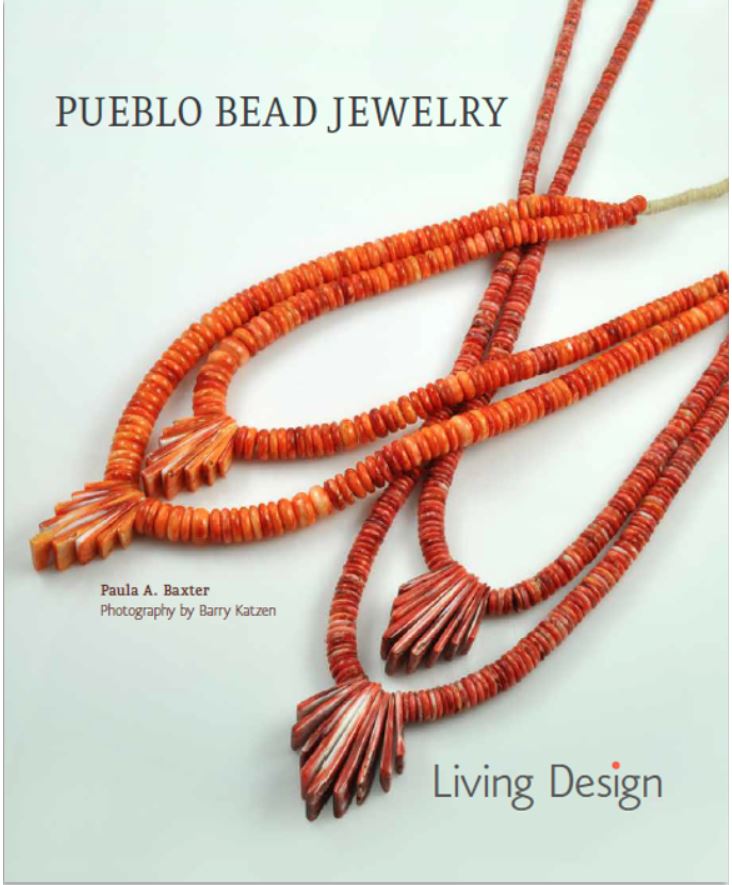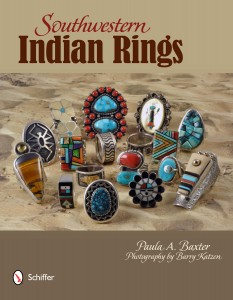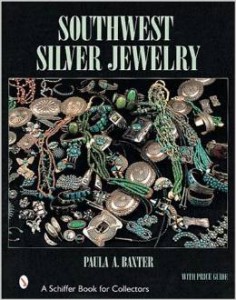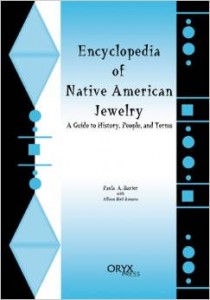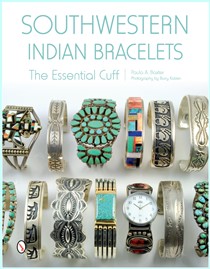This website and blog lay dormant for a period of time in 2013 as I worked intensively on my Southwestern Indian mystery book. This new development has come about because of my enduring interest in writing publishable fiction, after years of nonfiction publication. I also admit that my desire to make this happen was stimulated by friends and colleagues in the Southwest and elsewhere who have repeatedly told me that “we need another good Southwestern mystery series to read.” Even more compelling have been comments from Indian friends who say that they would love to read about realistic and fantasy Indian heroes and villains in a contemporary context. Wish me luck, everybody, as I attempt to make Thirty Pieces of Sage a debut reality.
But for the purposes of this blog, I’d say that certain issues remain critical to consider this year. Pre-Appraisal remains a free service intended to link the neophyte seeking to connect with a reputable dealer and/or appraiser who can help them with determining what their inherited or personal Indian arts pieces are worth in the marketplace.
I will continue to comment on Marketplace topics in the role of impartial critic and writer. I do not engage in the sale of Indian arts and have no vested interests in specific galleries, museums, or dealers. Unfortunately, Indian arts are not always represented genuinely, fairly, or in a manner that accounts for the effects of an active black market inside and outside the United States. I also think the impact of e-Bay™ needs more evaluation…
For my ongoing Blog, I wish to cover some “big picture” issues in the months ahead. This winter was unusual compared to those in recent years. The Southwest had unprecedented wind, water, and severe temperature changes not usually encountered all in one season. A number of chilling articles have popped up in news sources as varied as The New York Times and the Huffington Post. While Native American water rights have always been imperiled, they may be more so now as Southwestern and Western states struggle with droughts that have crippled local livestock, crop, and related food industries.
This website also asks for your contributions. I teach an American art history course at a business college. While my students come from diverse backgrounds, they know woefully little about Native Americans, who are featured in the course along with the contributions of African-American and Hispanic artists. They learn and sympathize with the painful past of our American Indians but I am more interested in telling them about the triumphs and the needs of the future for our Native peoples. In other words, can we move beyond cowboys and teepees?
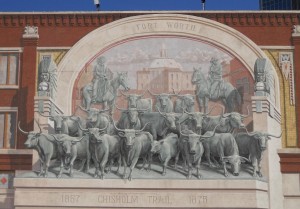 Mural in Fort Worth, TX, showing the end of the Chisholm Trail.
Mural in Fort Worth, TX, showing the end of the Chisholm Trail.
 Cement Teepee in Globe, AZ.
Cement Teepee in Globe, AZ.
The other day I got a book out of the library at the college where I work. Catherine C. Robbins wrote All Indians Do Not Live in Teepees (or Casinos) (University of Nebraska Press, 2011) based on many years of journalistic pursuits in the Southwest. Her stories from Indian Country cover a wide range of topics and issues. One of my favorite chapters, however, concerns the Indian artist’s frustration with the “buckskin ceiling” applied to Native art-making. Sometimes this ceiling is also a box: one in which non-Native expectations of how Indian art should look remain “pickled” in the past. Native artists have been rolling their eyes about this problem since the 1960s.
When I write about Indian jewelry, I work hard to make it clear that labels used for certain jewelry forms have come from outsiders. What is traditional seems silly when one looks at Southwestern Indian metal jewelry-making. Unlike in Mesoamerica, Natives of the American Southwest did not acquire the process of metallurgy until its colonial era when Mexican and then European American settlers (many of them soldiers) taught them the craft.
The American educational system has been accused of many sins over the years. One sad misrepresentation takes place during the teaching (in eighth grade in New York State and in similar grades in other states) about American’s indigenous peoples. Teachers and textbooks still place a great emphasis on the nineteenth-century history of Indians. The result has been twofold: an admiration for the Native of the past, not the present; and a desire for beautiful artifacts from that past, such as Plains Indian regalia.
Hollywood, and now television, has amplified that misplaced admiration. That’s why everyone has seen Dancing with Wolves over and over, while quieter but more realistic classics like Smoke Signals or Powwow Highway are overlooked. One huge irony I find whenever visiting Indian Country is that there’s always a western playing on local television, and the Indians are usually Navajos dressed up to look like Comanches.
While we have come a long way societally since the first half of the twentieth century, many people still have outdated or unrealistic notions about how American Indians live and think. Part of the problem is that Indians are a genuine minority, representing just under 1% of the American population. Unless one lives close to an Indian reservation, this ethnic group often fails to register in the collective consciousness of our popular culture. Nor do we have television programs, major movies (other than westerns), or celebrities who represent our indigenous peoples. Another large problem has to do with our educational system. American Indians figure in many secondary students’ social studies curricula; usually, this examination looks back to older times and features Indians in clothing and situations that belong to the nineteenth century. No wonder many people, including Europeans, come to Indian Country with rather fantastic expectations. They want buckskin and feathers when they should look for denim and cellphones.
I’ve written an article on this topic for the August issue of The Journal of Antiques and Collectibles. Collectibles have grown as a consumer fancy for collectors over the last thirty years. American Indians have been a source of fascination to non-Native peoples for a long time. Indian collectibles, however, reflect some of the cultural stereotypes and inaccuracies assumed by non-Indians. Most 20th-century school children grew up thinking that tomahawks, canoes, drums, feathered headdresses and beaded items were representative of Indian culture in general. Hollywood didn’t help matters by making all on-screen Natives into Plains Indians.
